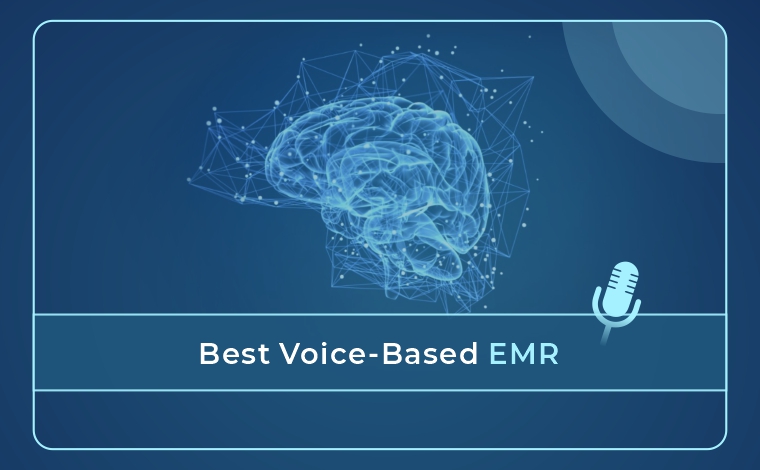


Voice recognition technology is increasingly taking the place of traditional dictation in various healthcare information systems, including Electronic Health Records (EHRs). Not only can voice recognition significantly cut down transcription costs, but it also has the potential to reduce transcription errors. But does it outperform humans when it comes to understanding and interpreting spoken words? For the most part, the answer is yes, particularly when the system is properly “trained.” Generally, a physician can begin using voice recognition and expect an accuracy rate of around 95%.
The way voice recognition technology processes spoken language allows it to convert words into specific data entries, rather than just creating unstructured text blocks. When an EHR system is effectively designed to support dynamic, command-based interactions, the voice recognition feature becomes highly intuitive. For optimal use, physicians should avoid speaking in full sentences or providing extensive narratives. An EHR can be programmed to respond dynamically to specific procedures, techniques, symptoms, and care plans. By incorporating thousands of these command-based responses, an EHR system can greatly reduce the time it takes to perform conventional dictation. Additionally, physicians can train the system with their own voice, making adjustments in real-time to the text within the EHR, which can be stored in the cloud. This allows them to access their voice files and document information during patient visits, whether onsite or on the go.
EHR information serves multiple functions. It is crucial for compiling a thorough medical history, supporting clinical research, and ensuring accurate diagnoses and treatments. While handwritten notes are becoming less common, some physicians still prefer this method due to familiarity. Traditional dictation and transcription require significant labor, leading to a dwindling number of skilled medical transcriptionists as more practices transition to digital record-keeping. The U.S. Bureau of Labor Statistics predicts a slight but steady decline in available jobs for medical transcriptionists over the next decade. Moreover, trained voice recognition can alleviate many concerns about EHR systems that are often viewed unfavorably. Without voice recognition, physicians often face a cumbersome series of screens, tabs, and checkboxes, resulting in 5 to 12 minutes spent on 100 mouse clicks and extensive manual data entry just to document a single exam note. This has left many physicians feeling frustrated as they struggle to find enough time for patient interactions, often resorting to data entry after hours. In contrast, with trained voice recognition and dynamic command-based responses, a simple exam note could take only 90 seconds to complete, helping to mitigate physician burnout.
By integrating an EHR system with trained voice recognition, a medical practice can save valuable time and money, ultimately allowing physicians to see more patients.